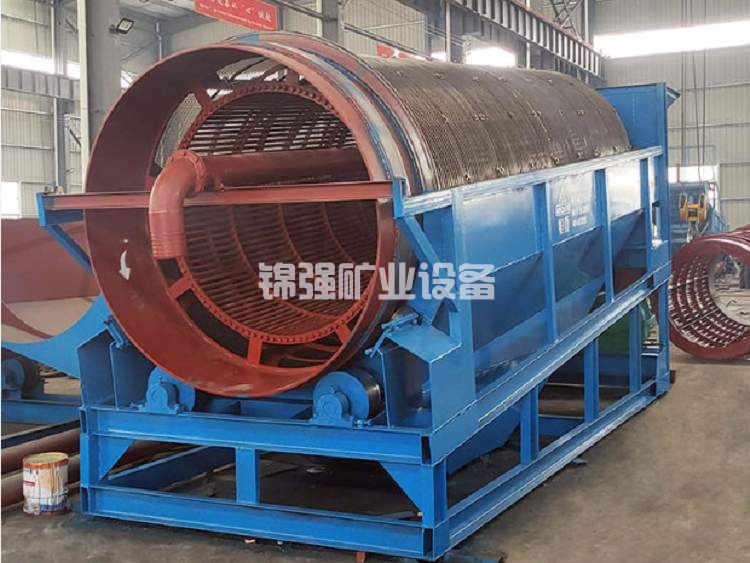Sand tin tailings are a type of tailings containing tin ore, usually obtained through flotation, gravity separation, and other processes during mineral processing. Tin tailings from sand selection contain a large amount of non-metallic minerals such as quartz, feldspar, mica, as well as a certain amount of metallic minerals such as tin, iron, and copper. How to effectively extract metal minerals from the tailings is a key issue in the treatment of sand tin tailings.
This article will introduce several common methods for treating sand and tin tailings, as well as their operating steps and advantages and disadvantages.
1、 Reselection method
The gravity separation method is to separate the metallic minerals from non-metallic minerals in the selected tin tailings through a gravity separator. The specific operation steps are as follows:
1. Feed the selected tin tailings into the gravity separator for preliminary screening to separate the large particles of minerals.
2. Feed the preliminarily screened minerals into the gravity separator for re screening to separate the non-metallic minerals.
3. Feed the re screened minerals into the gravity separator for final screening, and separate the metal minerals from them.
The advantage of the gravity separation method is its good separation effect, which can separate metallic minerals from non-metallic minerals. However, it requires multiple screenings, complex processes, and high equipment investment.
 II. Flotation method
II. Flotation method
The  flotation method involves using a flotation machine to separate metallic and non-metallic minerals from the selected tin tailings. The specific operation steps are as follows:
flotation method involves using a flotation machine to separate metallic and non-metallic minerals from the selected tin tailings. The specific operation steps are as follows:
1. Feed the selected tin tailings into the flotation machine and add reagents to combine the metal minerals with bubbles to float to the liquid surface.
2. Feed the flotation minerals into the sorting machine to separate the non-metallic minerals.
3. Feed the sorted minerals into a dryer for drying treatment.
The advantages of the  flotation method are simple process and low equipment investment, but the sorting effect is not as good as the gravity separation method.
flotation method are simple process and low equipment investment, but the sorting effect is not as good as the gravity separation method.
3、 Magnetic separation method
The magnetic separation method is to separate the iron containing minerals from the selected tin tailings through a magnetic separator. The specific operation steps are as follows:
1. Feed the selected tin tailings into the magnetic separator, add reagents, and combine the iron containing minerals with magnetic materials to be adsorbed onto the magnetic poles.
2. Feed the minerals adsorbed on the magnetic pole into the sorting machine to separate the non ferrous minerals.
3. Feed the sorted minerals into a dryer for drying treatment.
The advantage of magnetic separation method is its good separation effect, which can separate iron bearing minerals from non iron bearing minerals. However, it can only separate iron bearing minerals and is ineffective for other metal minerals.
In summary, there are various methods for treating sand tin tailings, each with its own advantages and disadvantages. The specific selection of which method needs to be determined based on the actual situation.









